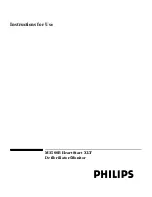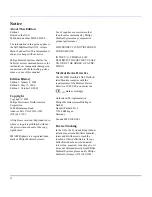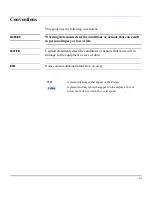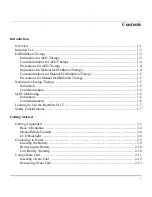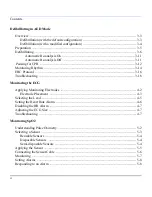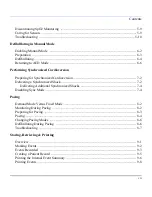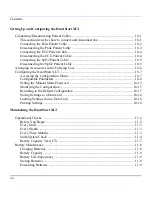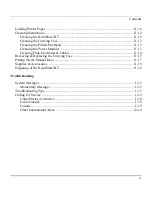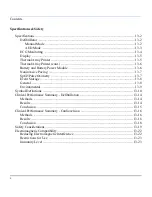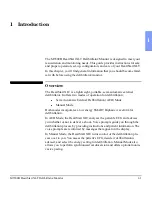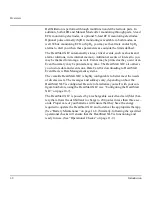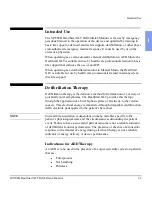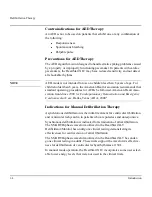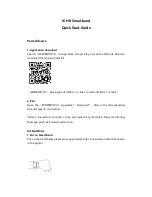Summary of Contents for HEARTSTART XLT M3500B
Page 1: ...H E A R T S TA R T X LT I N S T R U C T I O N S F O R U S E M3500B ...
Page 2: ......
Page 3: ...Instructions for Use 0 HDUW6WDUW 7 HILEULOODWRU 0RQLWRU ...
Page 6: ......
Page 20: ......
Page 34: ......
Page 72: ......
Page 90: ......
Page 170: ......
Page 179: ......



